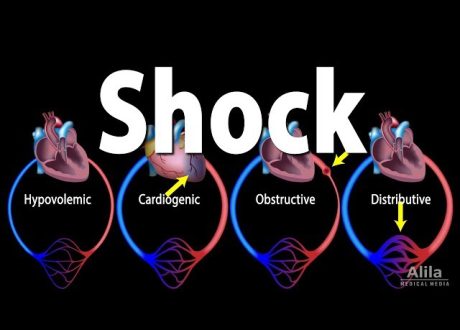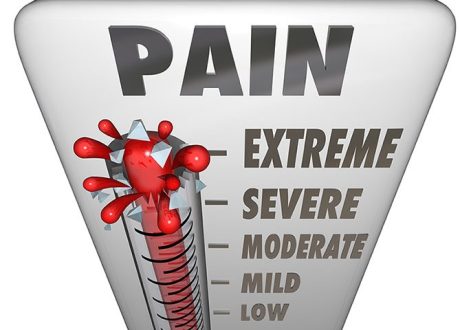Simon Finfer, M.D., Sharon Micallef, B.N., Naomi Hammond, Ph.D., Leanlove Navarra, B.S.N., Rinaldo Bellomo, M.D., Ph.D., Laurent Billot, M.Res., Anthony Delaney, M.D., Ph.D., Martin Gallagher, M.D., Ph.D., David Gattas, M.D., Qiang Li, M.Biostat., Diane Mackle, M.N., Jayanthi Mysore, M.S., Manoj Saxena, M.D., Ph.D., Colman Taylor, Ph.D., Paul Young, M.D., Ph.D., and John Myburgh, M.D., D.Sc., for the PLUS Study Investigators and the Australian and New Zealand Intensive Care Society Clinical Trials Group*
ABSTRACT
BACKGROUND Whether the use of balanced multielectrolyte solution (BMES) in preference to 0.9% sodium chloride solution (saline) in critically ill patients reduces the risk of acute kidney injury or death is uncertain.
METHODS In a double-blind, randomized, controlled trial, we assigned critically ill patients to receive BMES (Plasma-Lyte 148) or saline as fluid therapy in the intensive care unit (ICU) for 90 days. The primary outcome was death from any cause within 90 days after randomization. Secondary outcomes were receipt of new renal-replacement therapy and the maximum increase in the creatinine level during ICU stay.
RESULTS A total of 5037 patients were recruited from 53 ICUs in Australia and New Zealand — 2515 patients were assigned to the BMES group and 2522 to the saline group. Death within 90 days after randomization occurred in 530 of 2433 patients (21.8%) in the BMES group and in 530 of 2413 patients (22.0%) in the saline group, for a difference of −0.15 percentage points (95% confidence interval [CI], −3.60 to 3.30; P = 0.90). New renal-replacement therapy was initiated in 306 of 2403 patients (12.7%) in the BMES group and in 310 of 2394 patients (12.9%) in the saline group, for a difference of −0.20 percentage points (95% CI, −2.96 to 2.56). The mean (±SD) maximum increase in serum creatinine level was 0.41±1.06 mg per deciliter (36.6±94.0 μmol per liter) in the BMES group and 0.41±1.02 mg per deciliter (36.1±90.0 μmol per liter) in the saline group, for a difference of 0.01 mg per deciliter (95% CI, −0.05 to 0.06) (0.5 μmol per liter [95% CI, −4.7 to 5.7]). The number of adverse and serious adverse events did not differ meaningfully between the groups.
CONCLUSIONS We found no evidence that the risk of death or acute kidney injury among critically ill adults in the ICU was lower with the use of BMES than with saline. (Funded by the National Health and Medical Research Council of Australia and the Health Research Council of New Zealand; PLUS ClinicalTrials.gov number, NCT02721654.)










